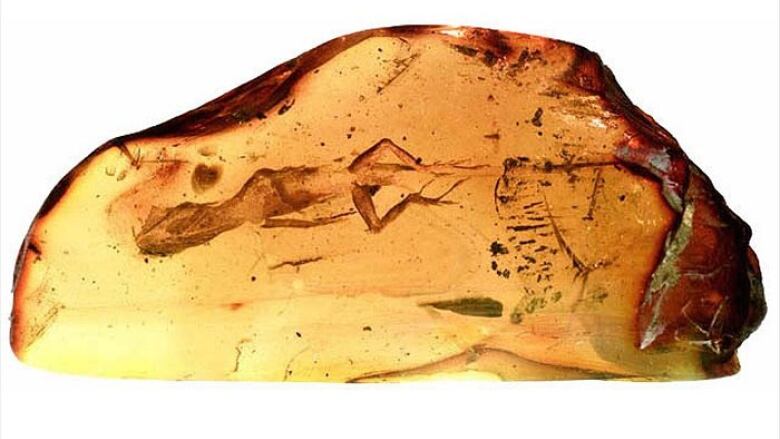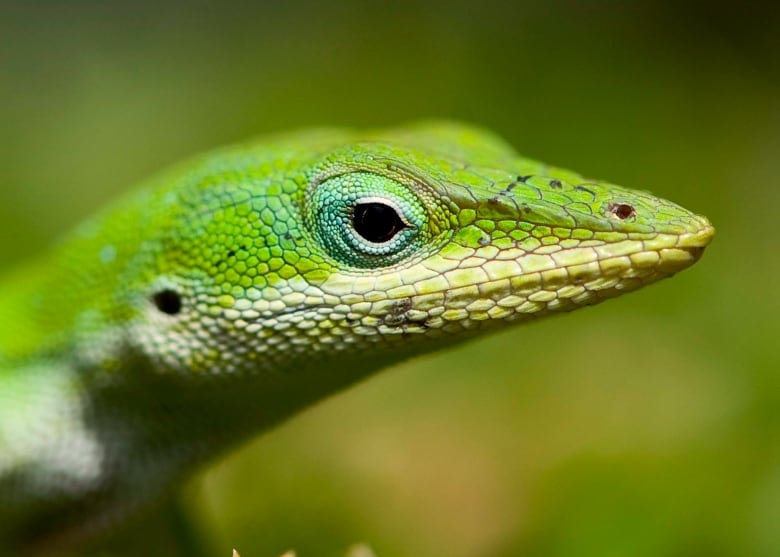Ancient lizards in amber amaze scientists
Amber preserves colour of lizard when it died and whether its eyes were open or shut

A community of lizards from the Caribbean, preserved for 20 million years in amber, have been found to be identical to their modern cousins, say researchers.
This suggests the different niches inhabited by the lizards have - incredibly - changed little over the past 20 million-years, report the team, in this week'sProceedings of the National Academy of Sciences.
"These fossils were really surprising because of how much detail they contained, allowing us to see how these lizards would have looked in real life," says the study's lead author Emma Sherratt of theUniversity of New Englandin Australia.
Sherratt says amber fossils are usually just a hollow impression, but the new fossils of anolis lizards from the island of Hispaniola, provide phenomenal detail including the colour of the lizard, what it was last doing, and whether its eyes were open or shut.

"Most of ours had full skeletons, and details of the skin were impressed on the amber, providing very detailed images of tiny scales on the body and on the sticky toe pads," she adds.
"You could have taken a lizard today, embedded it resin and it would have looked like one of these creatures. That's how realistic and modern they look."
Another impressive aspect to the study is the large number of amber fossils analyzed.
While previous research has mostly looked at individual specimens, this study involved 38 lizards fossils from various locations on Hispaniola.
Obtained from museums and private collections one was even a pendant in a necklace the community of fossils represent the largest group of vertebrates encased in amber.
"Nothing like this has ever been described before," says Sherratt.












_(720p).jpg)


 OFFICIAL HD MUSIC VIDEO.jpg)
.jpg)



























































































